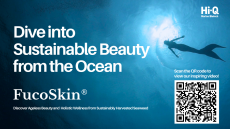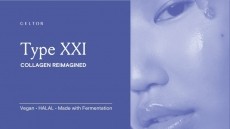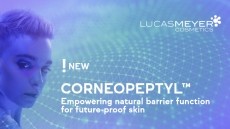SEPPIC study shows efficacy of Sepitonic M3 to increase cutaneous oxygenation

Sepitonic M3 is a Magnesium Aspartate & Zinc Gluconate & Copper Gluconate, chrono-energizing and anti-free radical agent designed for hair and skin care, targeting skin ageing by protecting all proteins from the glycation phenomenon, especially those of the dermis.
In order to back up these claims, SEPPIC conducted an in vivo test on thirty volunteers, which saw an almost 10% increase in the skin's partial pressure of oxygen.
According to the study results, after twenty-eight days of treatment, 76% of the volunteers showed visible effects from Sepitonic M3; and deep wrinkles reduced by 7% and skin texture improved by 5%.
"For SEPPIC, this new clinical study reinforces the benefits of SEPITONIC M3 that have already been demonstrated at a cellular level,” says Yohanna Sander, Head of Active Anti-Aging Products at SEPPIC.
“Its three main targets are the mitochondria, glycation and cellular communication. Acting deep down, it supports the skin at any age. It is recommended for anti-aging, anti-pollution, vitality, prevention and protection concepts."
Protection
Already tested on cells, the ingredient has a chrono-energizing effect similar to Cytochrome C, a small hemeprotein found loosely associated with the inner membrane of the mitochondrion.
SEPPIC claims that it stimulates the metabolism and cellular renewal and protects the mitochondria against primary free radicals. In addition to its action on cellular oxygenation, it also protects the dermis and improves cellular communication.
Used on its own, the ingredients supplier says that Sepitonic M3 revitalizes and energizes the skin; as a co-active ingredient, it boosts the effectiveness of cosmetic formulas.
Pollution, stress and skin ageing result in less oxygen getting to the skin cells. Cellular regeneration slows down and skin becomes dull and wrinkled.




























